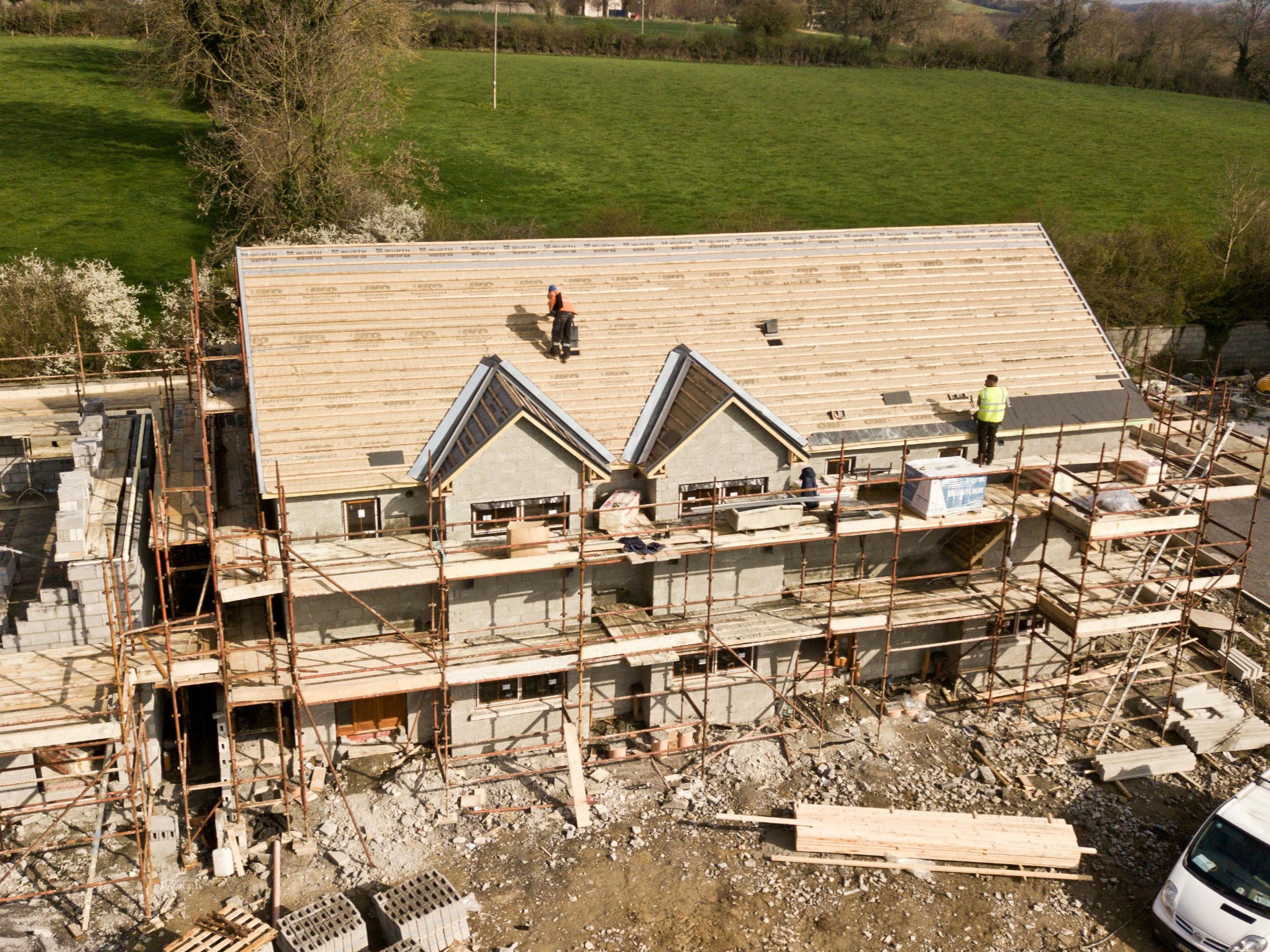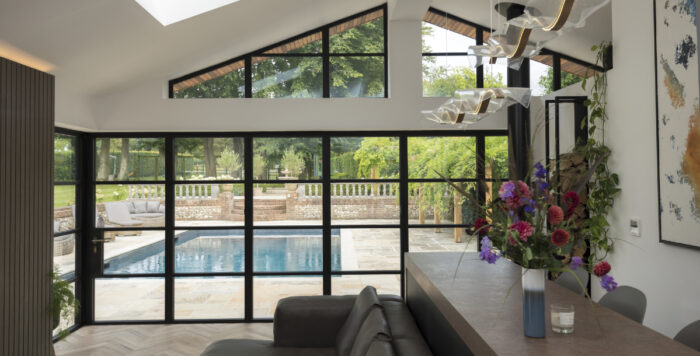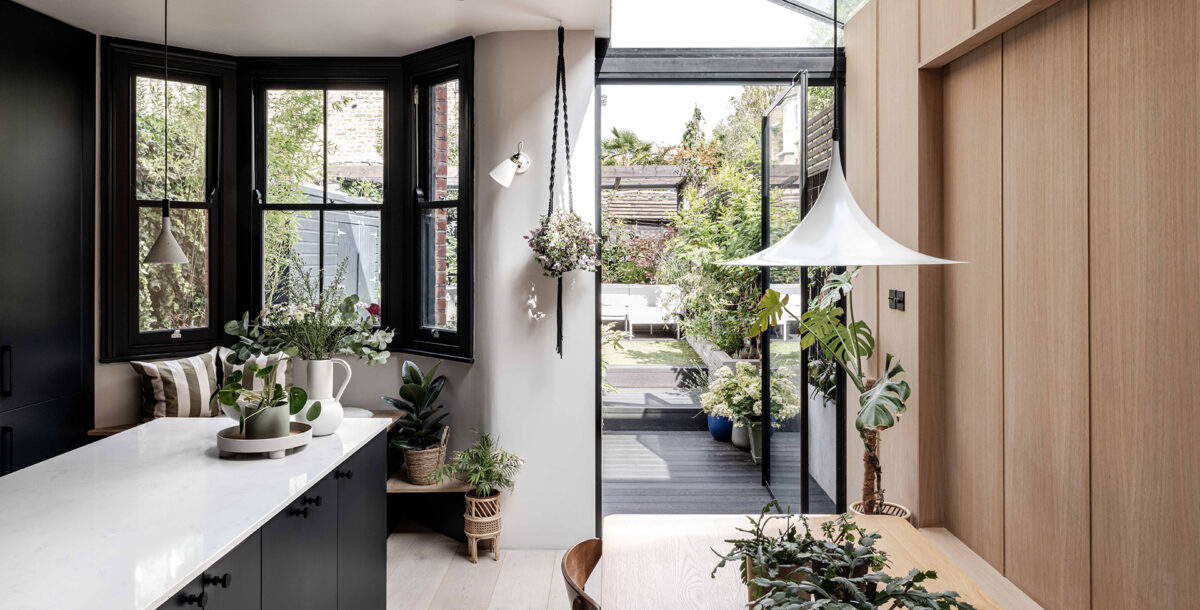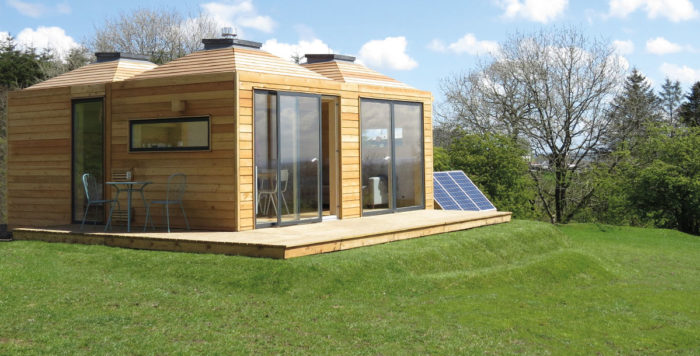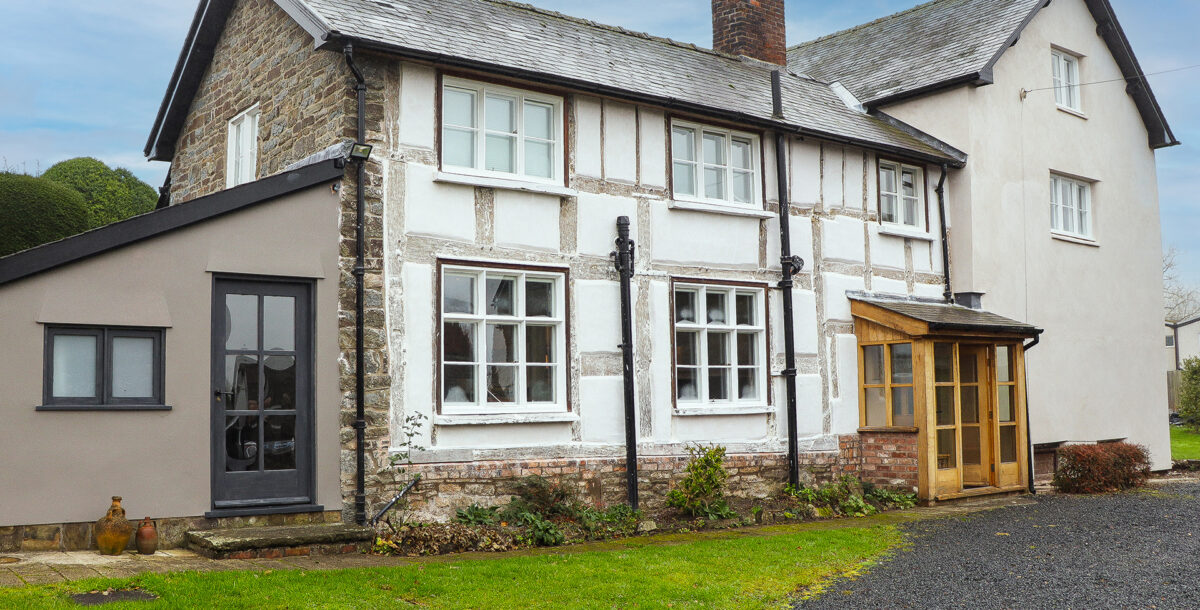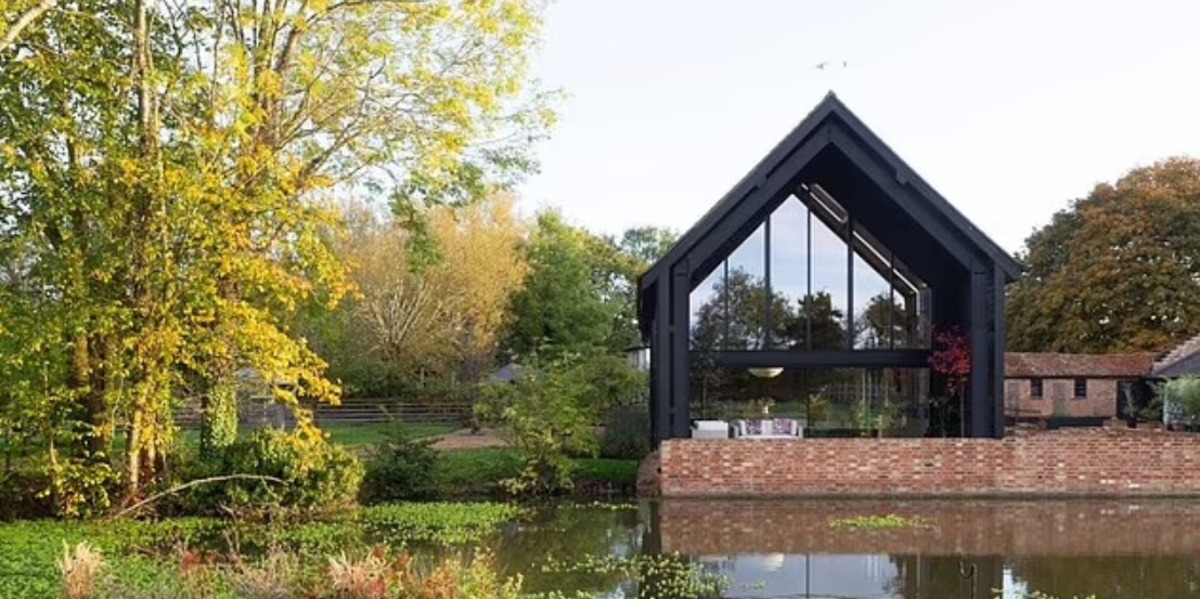Kevin McCloud on how major home builders are making huge profits
Our editor-at-large takes a look at house construction in the UK and digs into the real costs
Occasionally a piece of information comes to light – a fact, some new science, a commonly held opinion maybe – that utterly changes your view. This happens to me increasingly as I get older and it’s an experience I’m growing to enjoy, mainly because it stimulates me. So I’m delighted to announce that I was wrong. I’ve been wrong for several years. I’ve written with absolute confidence for yonks about the crises that pervade our construction industry and how we build such small, badly put-together homes because land is so expensive in the UK and because construction costs have risen inexorably. The huge price rises for timber, steel and concrete have put paid to so many dreams for so many homebuilders. To build green is even more expensive. If you watch Grand Designs, like me you will know this to be the case.
Except it isn’t. At least not for everybody. For every heroic, vainglorious, ever-striving self-builder that we film, there is an individually penned tale of woe and self-inflicted pain, of busted budgets and damaged ambition, stilted hope and long overdue conclusions. We don’t make these stories up; every one of our contributors complains of crippling price rises, especially during and after the Covid lockdowns and the post-Brexit mess in the UK’s European import markets.
New research
Every small building firm has had the same issues to contend with in the past five years. But there is another world, an upside-down version of this reality that exists at huge scale in the UK in the volume house market. You may not believe me, in which case I can refer you to a piece of 2023 research from Brunel University London. It’s in an article bluntly titled Builders Are Making Thumping Profits by Over-Charging for New Homes written by Dr Simon Roberts and Dr Colin Axon and published by The Conversation.
Their research compares 22 publicly accessible national datasets from information collated by the Office for National Statistics (ONS, ons.gov.uk) to the published accounts of the major UK housebuilders between 1998 and 2020. And their findings seem incontrovertible. If you thought, as I did, that land in the UK is expensive and restricted in sales opportunities thanks to a high population density, a restrictive planning system and a highly controlled market, making it difficult for any self-builder to find a plot, look in the upside-down. Even respected journalists don’t look there.
“The Financial Times’s (FT) chief economics commentator, Martin Wolf, told the House of Lords Select Committee on Economic Affairs in 2016 that ‘it must be the case’ that different land values for different uses are a ‘fundamental factor in determining the price of housing’. The evidence to back up this kind of claim is hard to find,” wrote Roberts and Axon. “Our findings indicate that none of the usual explanations are accurate.”
Value of land
It turns out that since 2012, the liberalisation of the planning system through the National Planning Policy Framework (NPPF) has led to wide land availability and a relatively competition-free market for the big housebuilders, especially outside London where they’ve focused. The value of land per home has even remained flat since 1998, at around £48,000 per unit. That is staggering and explains why, in the past five years, every major housebuilder has reported increased Returns on Capital Employed (ROCE) for buying land – and, according to the FT, those returns for investors currently sit around a whopping 30 per cent.
But surely, it’s simply become more expensive to build new homes? Real construction budgets have been affected by increased labour costs, especially since we’ve lost many skilled European tradespeople post Brexit, and eye-watering hikes in the prices of materials, no? Not in the upside-down. Roberts and Axon’s extensive research shows that for the volume housebuilders, the ability to negotiate and to pace the delivery of materials to their sites means that, allowing for inflation, build costs have remained constant over the past 20 years. Astonishing. If we accept this as fact, then surely there must be a footnote that admits green construction requirements have added significantly to the housebuilders’ costs since 1998?
Well, no, not really. There were some increases in build costs between 2009 and 2013, thanks very probably to the last Labour government’s legislative changes to improving energy performance in the Code for Sustainable Homes, but those levelled off and there has been no perceptible change since. While all this
has been happening under our noses, new-build house prices have been rising pretty well year on year. The market is dominated by about ten significant players, but the largest three are usually Persimmon, Taylor Wimpey and Barratt Homes.
In the year 2021-2022, Persimmon trumpeted underlying profits of just over £1 billion and Barratt beat them with £1.3 billion. Between them, the two businesses
were turning around 25 per cent of their turnover into profit and their joint average pre-tax profits stood at about 19.5 per cent of their total sales, which is very handsome indeed.
One thing is for sure – as Roberts and Axon point out – following the 2008 financial crisis, the major players shifted their focus from pile ’em high, sell ’em cheap to one single target: profit. If you find these numbers baffling, so huge as to not make any kind of sense, the most chilling statistic in all of this excoriating research is that, in 15 years, the profit on the average new-build home has rocketed from £6,000 to £63,000. There can be no stranger things.

